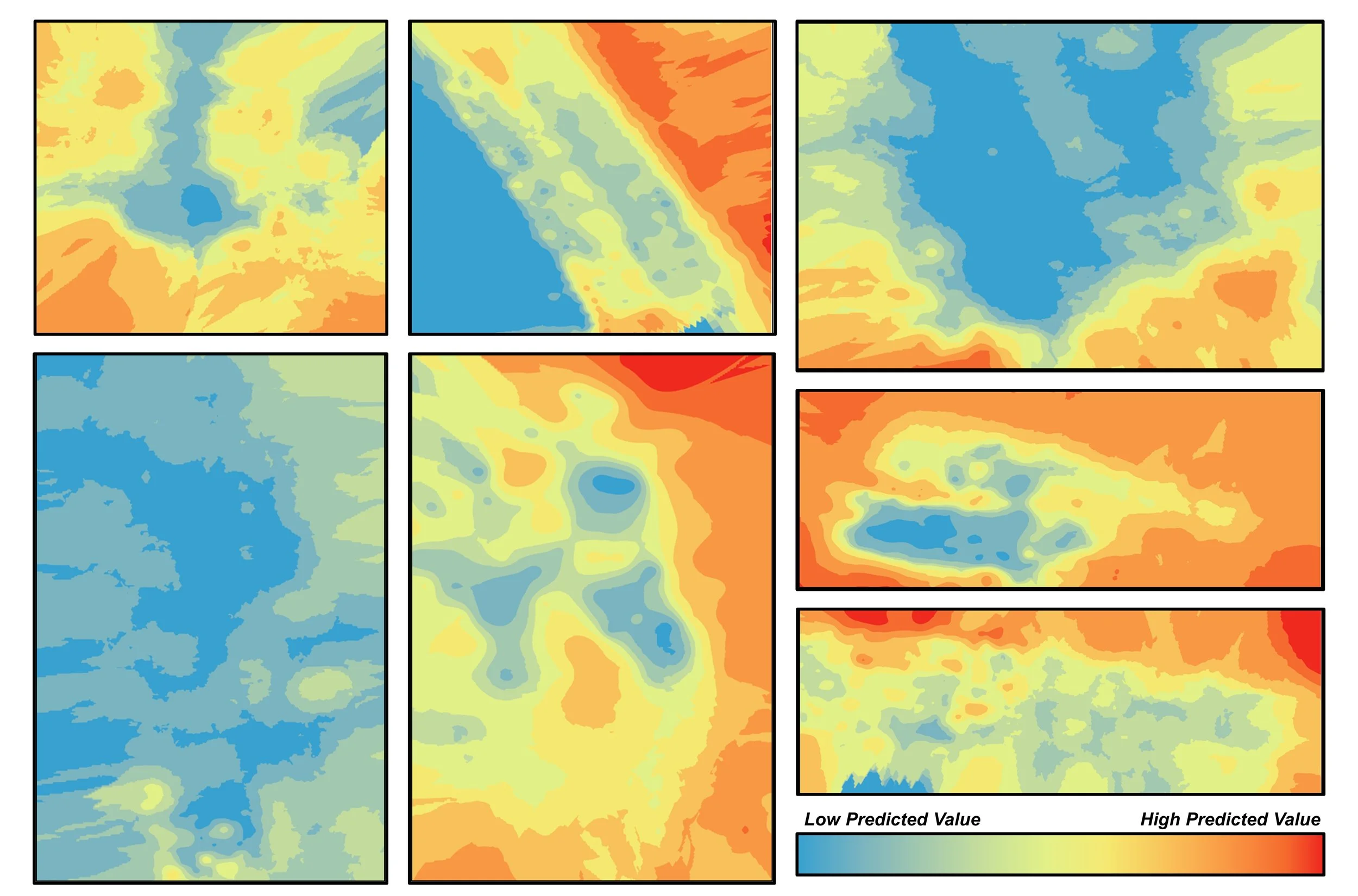Spotted lanternfly (SLF) is a problem. Since its discovery in 2014, its been marching (or flying) its way to the West. While the impact of this pest in agriculture is still unknown, PA grape has been significantly impacted. (Some growers are reporting complete crop losses- eek!) Working with Heather Leach, we concentrated our efforts to determine when and where the best management tactics could be implemented to control SLF. This is part 2 of…”where is SLF”
Abstract
Spotted lanternfly (SLF) is an invasive insect in the Northeastern U.S. projected to spread nationally and globally. While SLF is a significant pest of vineyards, little is known about the pest in grape agroecosystems including its spatial ecology. SLF spatial patterns were analyzed using a combination of approaches including generalized linear mixed effect models, Moran’s I statistic for spatial clustering, and Empirical Bayesian Kriging. Analysis revealed that SLF displayed significantly clumped distributions in monitored vineyards. Approximately 54% and 44% of the respective adult and egg mass populations were observed within the first 15 m of the vineyard edge. Importantly, the spatial concentration of adults at the edge was consistent temporally, both between years and weeks. Moreover, high populations of SLF on vines were significantly correlated with reduced fruit production in the following year. Mark-release-recapture of SLF revealed that higher proportions of SLF were recaptured on vines with high pre-existing SLF populations, indicating that SLF may exhibit aggregation behavior along vineyard perimeters. Monitoring and management efforts for SLF should be prioritized around vineyard edges as it may significantly reduce infestations and subsequent damage. MORE INFO FOUND HERE.

